A collaboration between Ted Coffey (concept, programming) and myself (programming), Angels / Over Exposure is an interactive video installation in which participants shine lights on projected images of the August 12th conflict in Charlottesville to reveal underlying frescoes of angels. The lights (or the participant's shadows) burn away the layers of images, ultimately creating a collectively-produced abstract collage of conflict and sanctitude.
Hosted at the 11th annual Let There Be Light, an event that celebrates the approach of the winter solstice and the longest night of the year with light-based art installations created by local and regional artists. The exhibition illuminates and transforms the darkened grounds surrounding the V. Earl Dickinson Building for one night only and is attended by over 2,500 people yearly.
